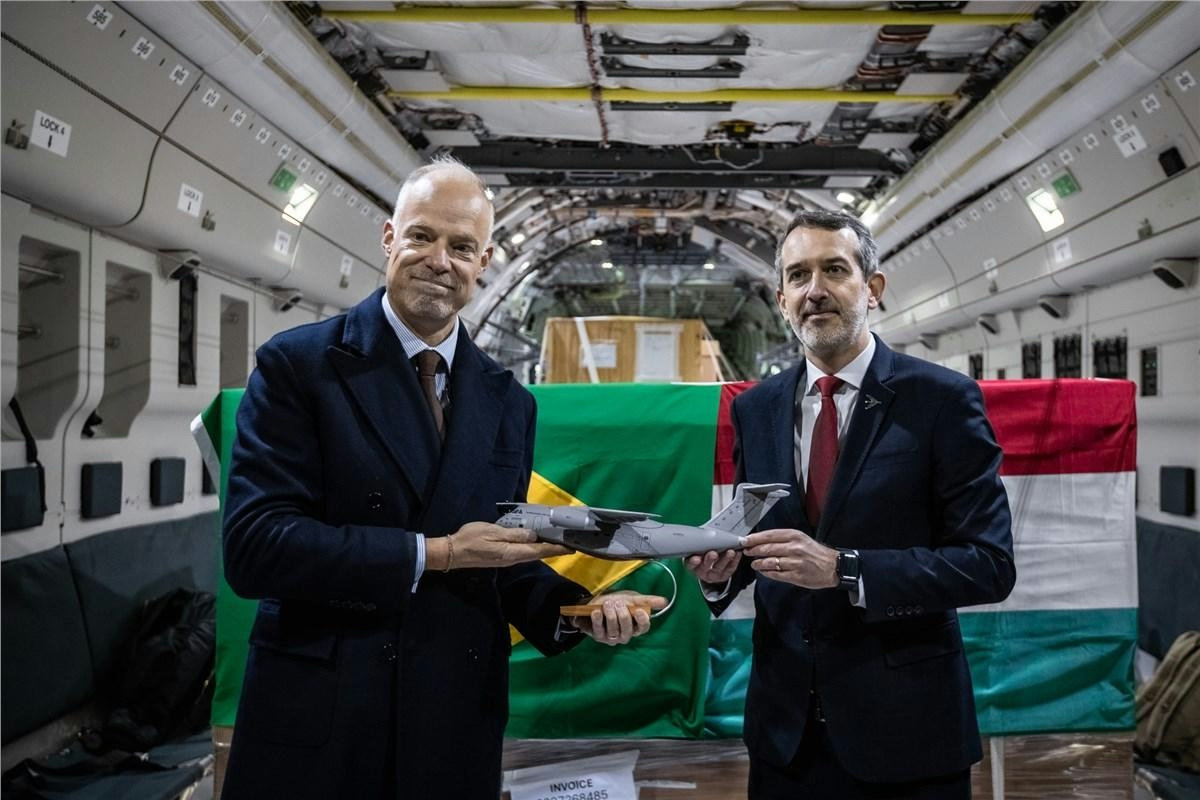
AeroGenie — Your Intelligent Copilot.
Trending
Categories
Four Common Aircraft Problems Passengers Should Know About
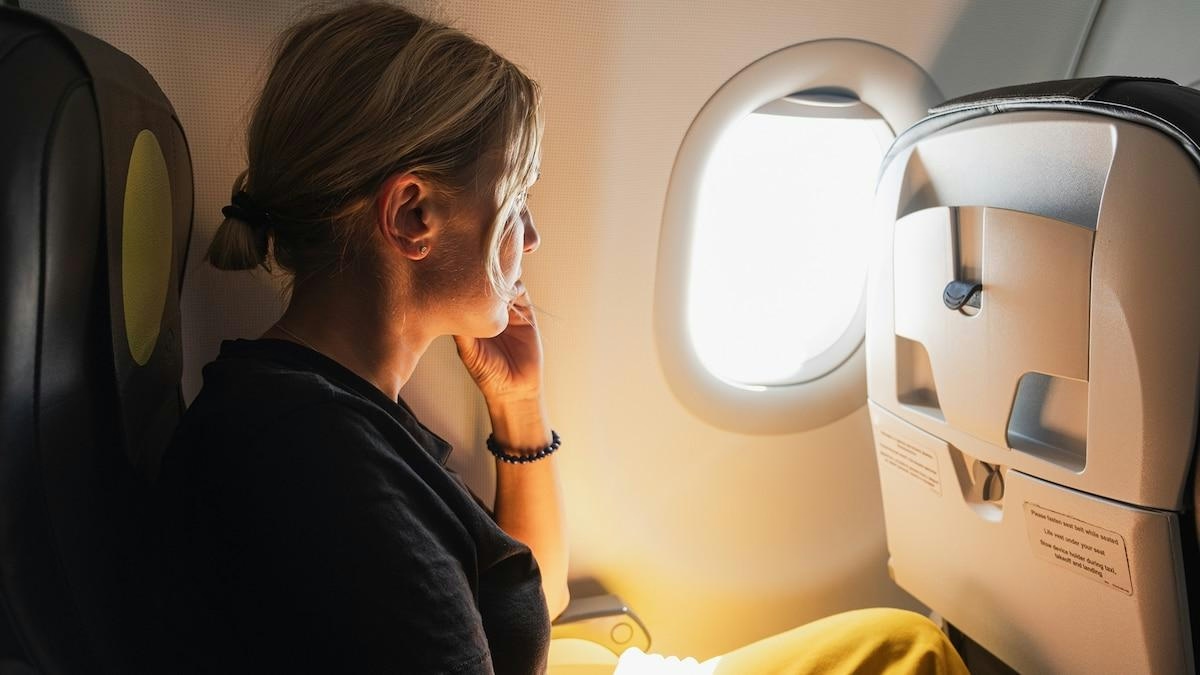
Four Common Aircraft Problems Passengers Should Know About
Airplane disaster films such as Sully and Final Descent often depict emergency situations as extraordinary and infrequent occurrences. In reality, aviation experts emphasize that technical issues during flights are more common than many passengers realize. Dr. Guido Carim Junior, an aviation lecturer at Griffith University in Australia, identifies four in-flight technical problems that are inherent to modern air travel. Pilots receive extensive training to manage these situations, which, although potentially unsettling for passengers, seldom lead to catastrophic outcomes.
Engine Failures
Commercial aircraft are typically equipped with at least two engines, providing a critical safety redundancy in the event of an engine failure. Should both engines fail—a highly unusual occurrence—the aircraft transitions into a glide, requiring pilots to carefully descend to maintain airspeed and control. Pilots adhere to strict protocols: they identify the malfunctioning engine, shut it down, descend to a safe altitude, and divert to the nearest suitable airport if necessary.
While dual engine failures are exceedingly rare, they have occurred. The 2009 "Miracle on the Hudson" is a notable example, where a US Airways flight successfully landed on the Hudson River after both engines failed due to a bird strike. More frequently, single engine failures are managed safely, as aircraft are designed to operate on one engine and pilots regularly practice these scenarios in simulators. Common causes of engine failures include bird strikes, volcanic ash, mechanical or technical faults, fuel leaks or exhaustion, adverse weather conditions such as icing, and pilot error.
Mechanical Failures
Mechanical problems aboard aircraft can range from minor malfunctions to significant system failures. These issues often result in flight delays or cancellations, inconveniencing passengers and raising safety concerns. Such incidents attract regulatory scrutiny, compelling airlines to address mechanical faults proactively. Maintaining rigorous safety standards is essential not only to protect passengers but also to avoid damaging the airline’s reputation.
Cabin Pressure Problems
Loss of cabin pressure is another critical situation for which pilots are thoroughly trained. In these events, oxygen masks deploy automatically to passengers, and pilots initiate a controlled descent to a lower altitude where breathable air is available. Although these incidents can be alarming, they are rare, and established procedures ensure passenger safety throughout the event.
Regulatory and Market Reactions
Technical issues experienced by airlines often prompt responses beyond the immediate flight crew. Aviation regulatory bodies may increase oversight, while passengers and media closely examine how airlines manage such situations. Competitors may leverage these moments to emphasize their own safety records or enhance maintenance and customer service protocols to strengthen their market position.
Despite the dramatic portrayals in popular media, the vast majority of in-flight technical problems are handled safely and efficiently. For passengers, understanding these common issues and the comprehensive systems in place to address them can offer reassurance during unexpected turbulence or technical announcements.
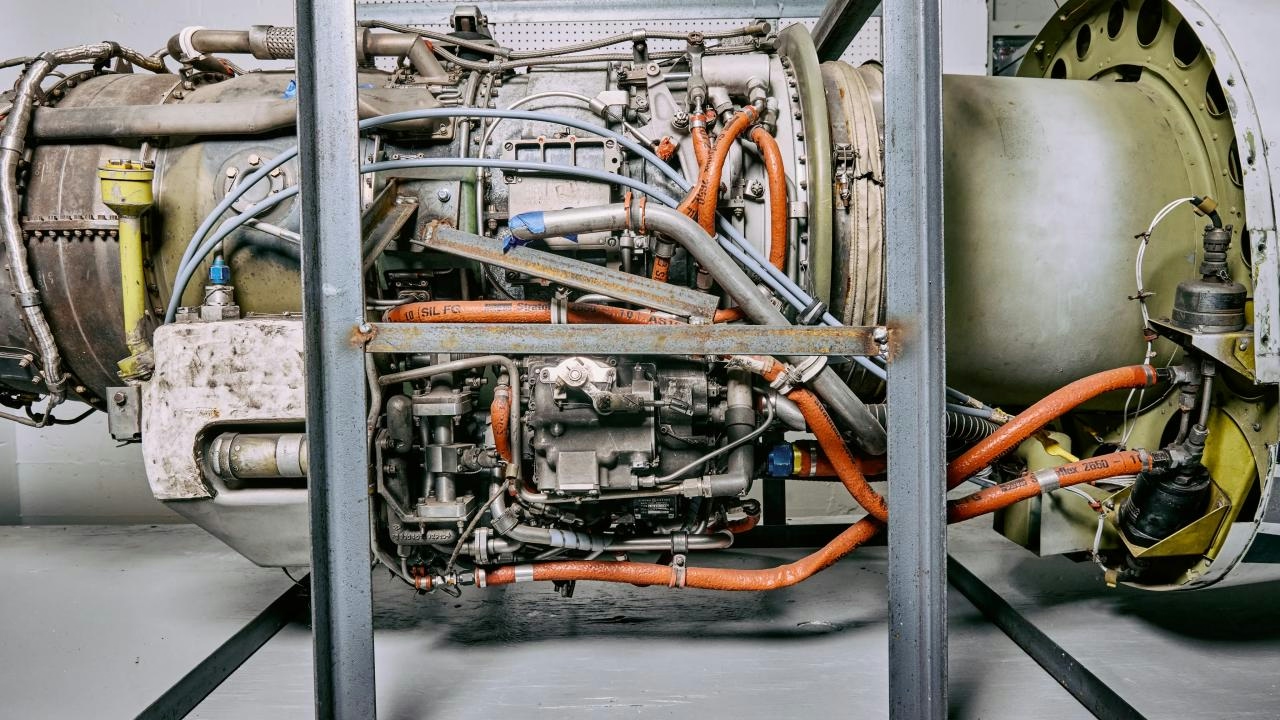
Aviation Maintenance, Repair, and Overhaul Sector Set for Growth
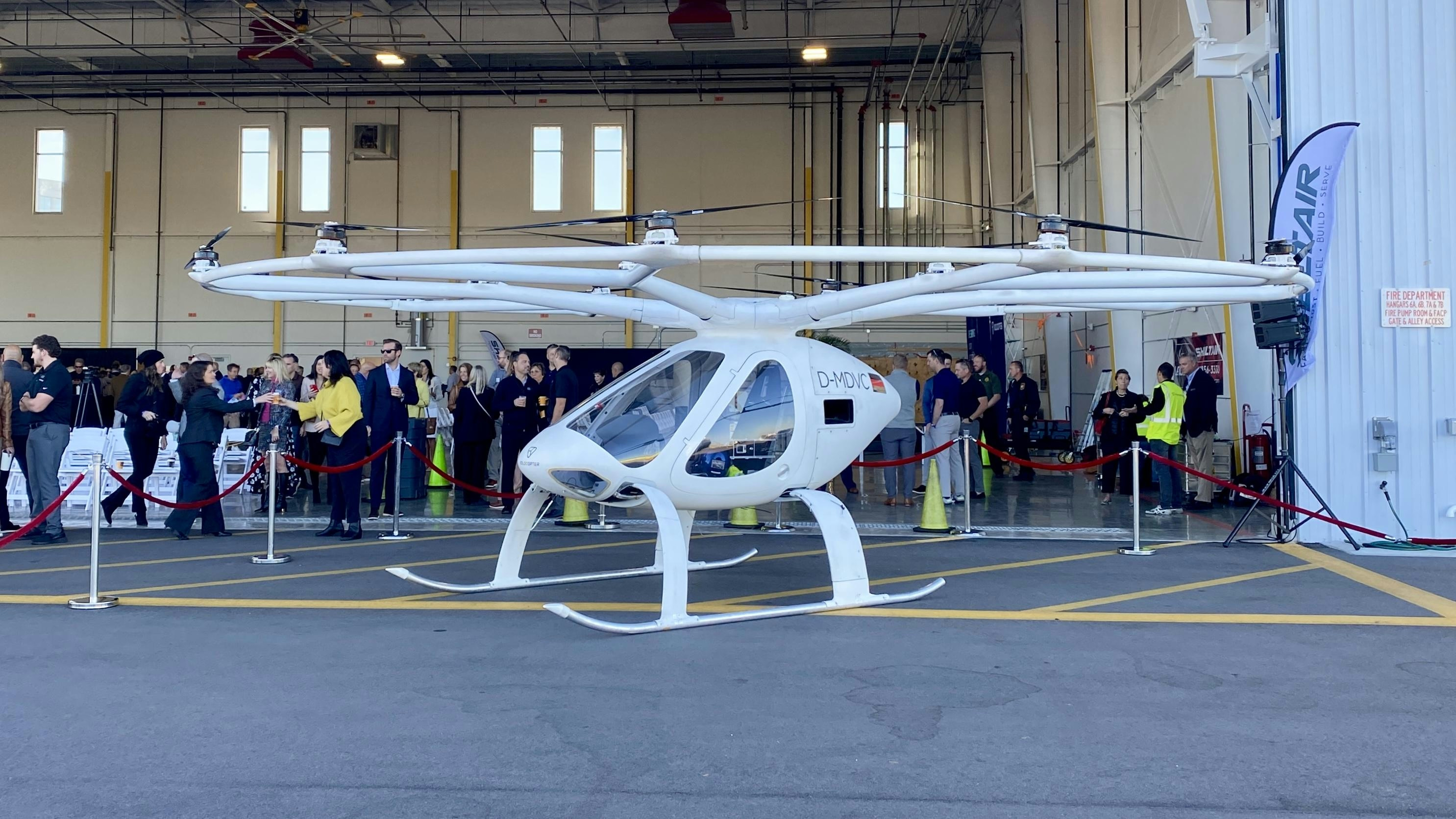
Central Florida Emerging as Leading Location for Future Air Taxis

Dassault Aviation and Thales Partner on AI for Future Air Combat
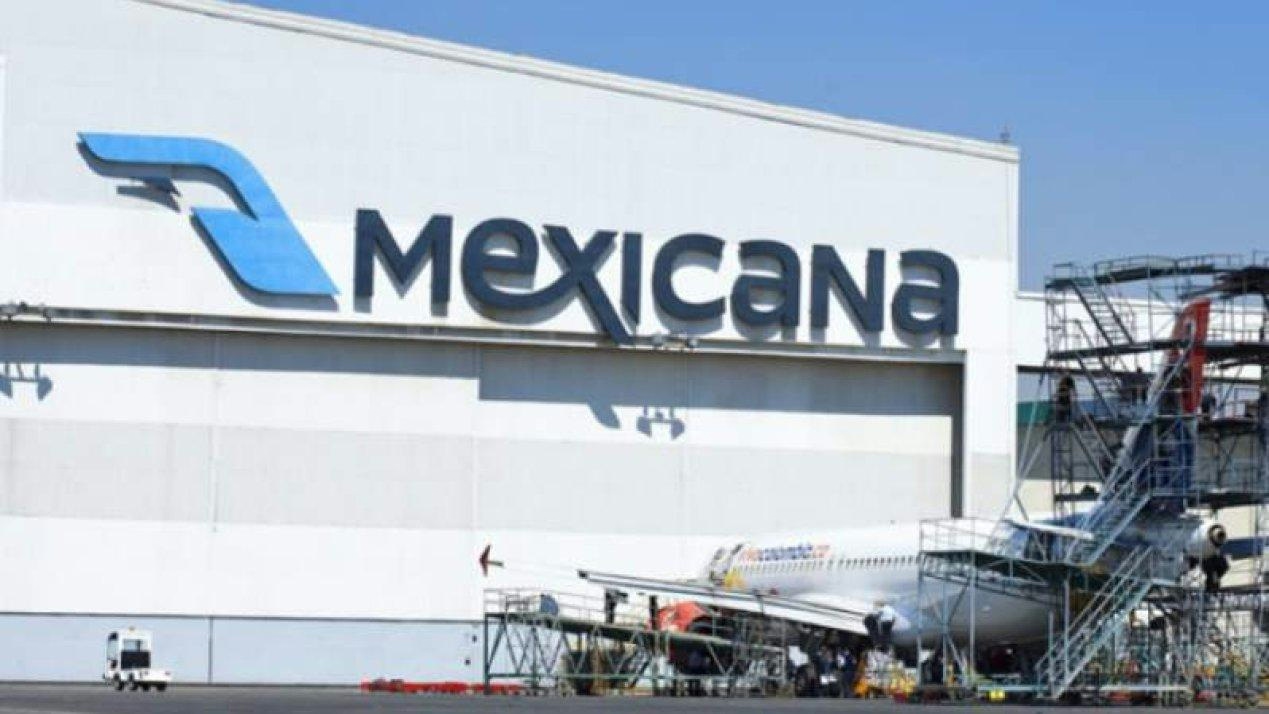
Mexicana MRO Deal Stalls Pending Banorte Extension Approval
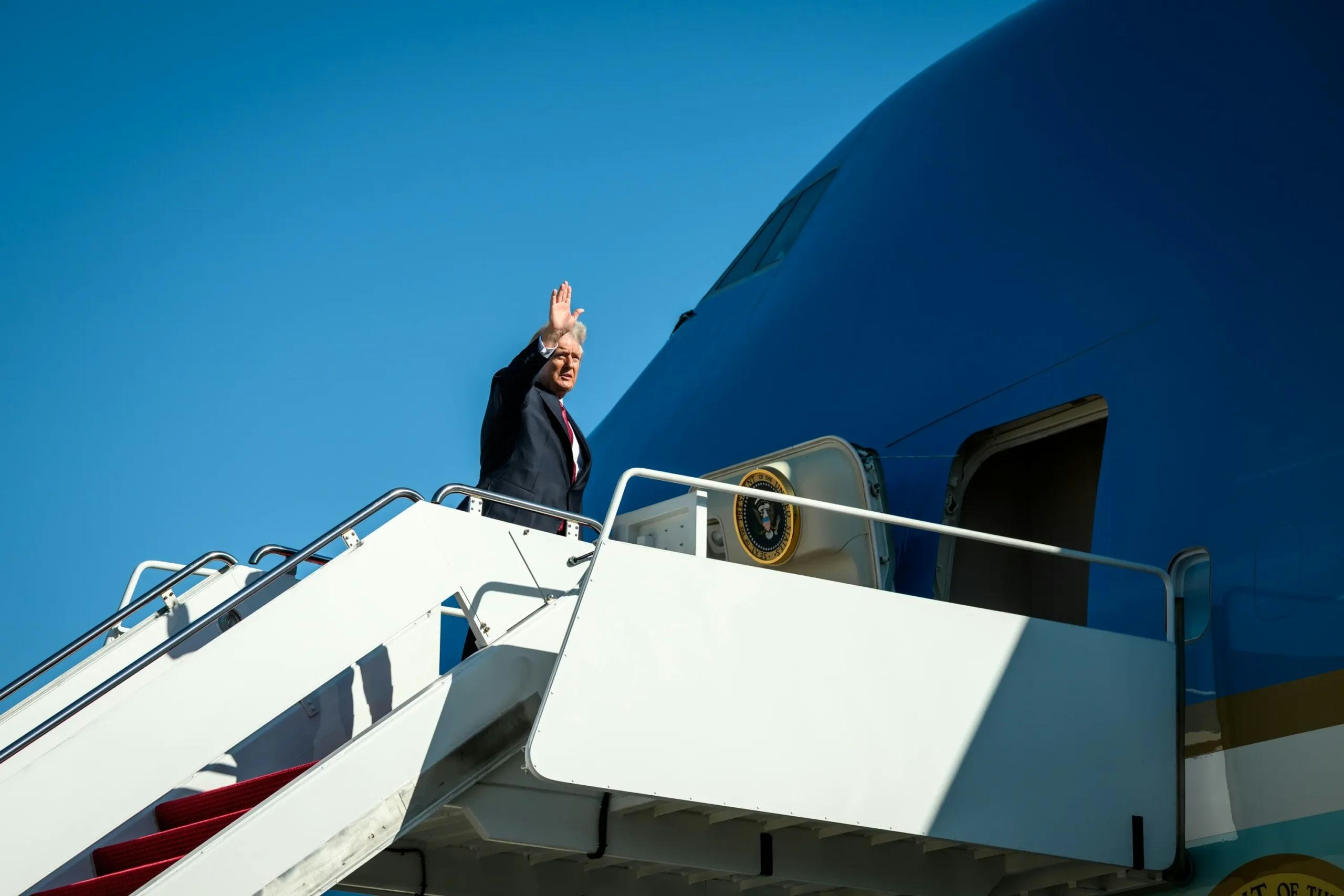
Trump's Policy on DEI Raises Concerns Over Aircraft Mechanic Training
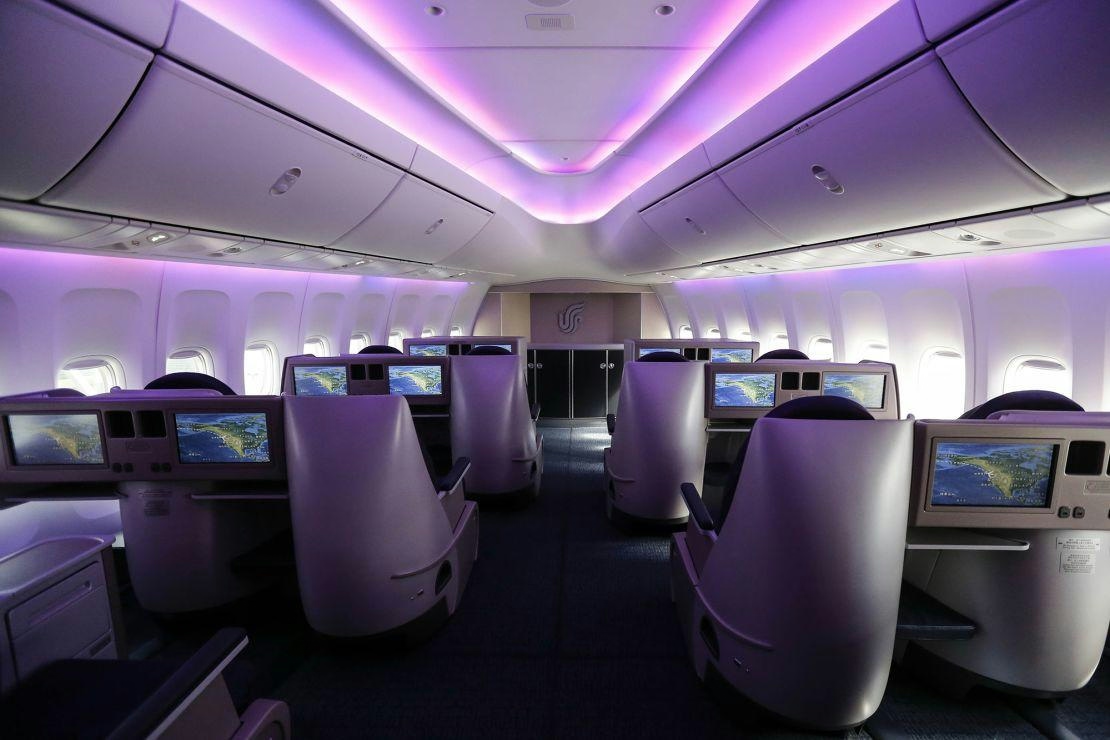
Why Boeing’s 747 Lacks a Full Second Deck Unlike the Airbus A380

Deutsche Aircraft Appoints Ernst-Georg Schröder Manager of Final Assembly Line for D328eco
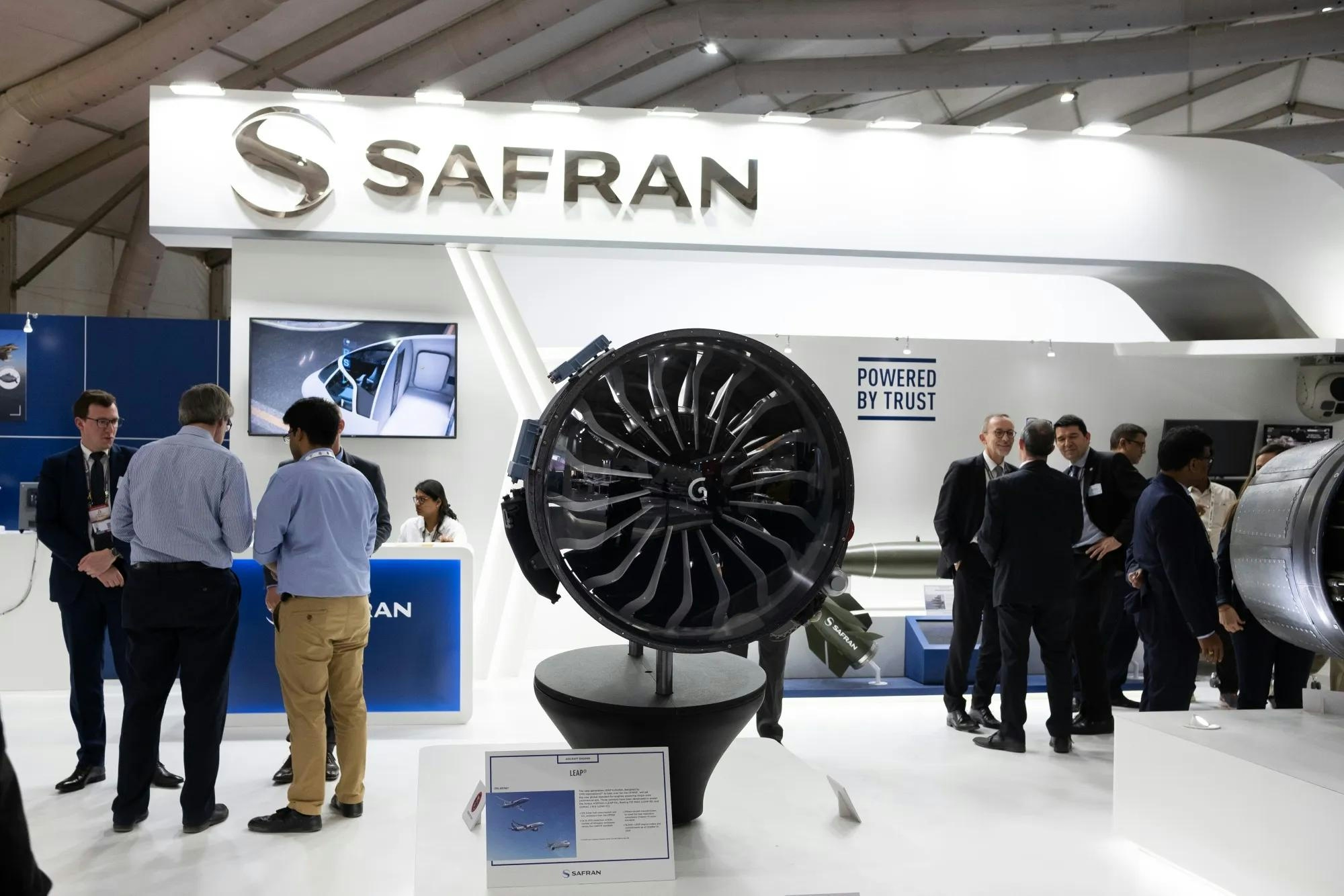
PM to Inaugurate Safran Aircraft Engine Services Facility in India on November 26
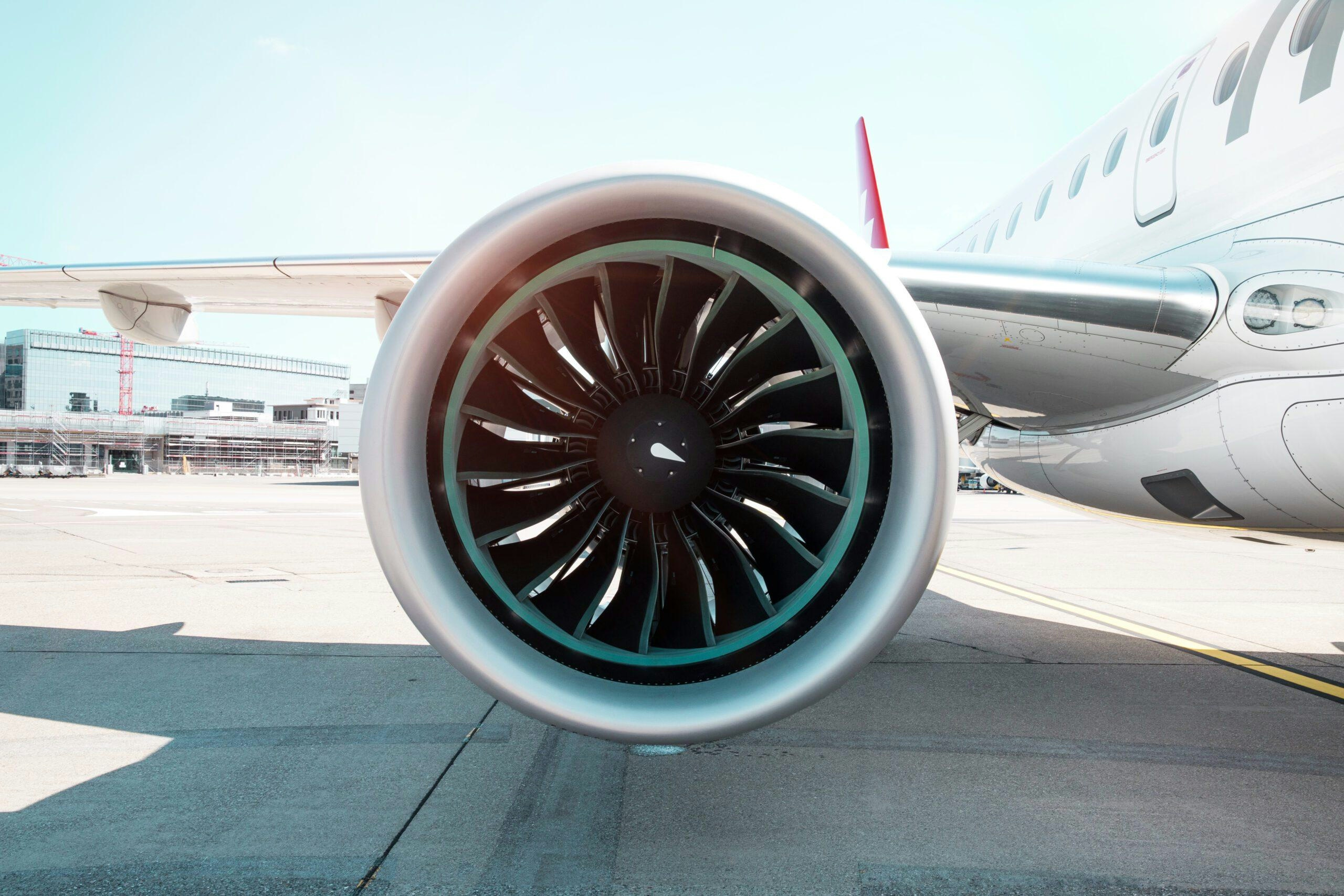
Leading Companies in Aviation Artificial Intelligence: Airbus, Amazon, Lockheed Martin, Tata Power, Thales
